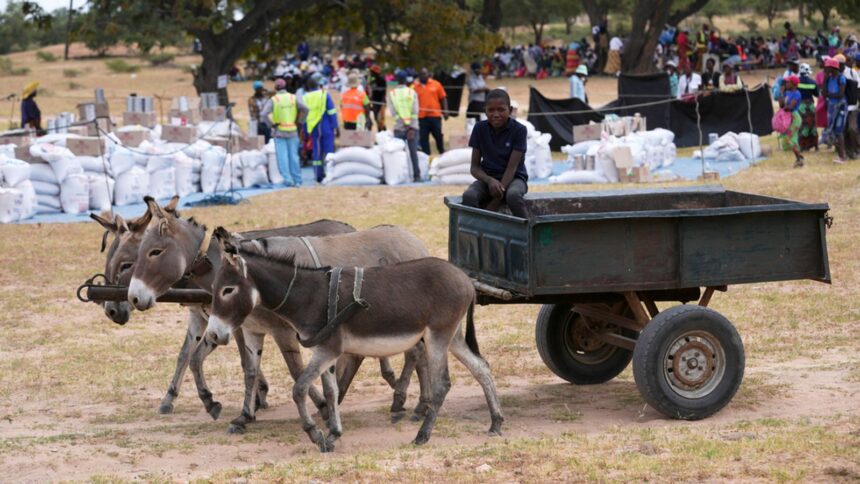A region stretching from Angola in the west to Mozambique in the east has been left parched due to a delayed start to the rainy season and overall low rainfall, ruining crops that are relied upon by tens of millions of people and wilting waterways.
The World Food Programme (WFP) of the United Nations reports that a sizable region bordering Zambia, Zimbabwe, and Botswana recently saw the driest February in decades.
Southern Africa has seen rainfall that is below average due to the warming El Nino climatic pattern that is currently releasing heat from the Pacific, according to regional scientists.
However, the experts claim that this is exacerbating the region’s already-occurring temperature rise caused by climate change.
According to Tomson Phiri, the WFP spokesperson for southern Africa, “we can’t seem to catch a break.”
According to him, the structural issues that already cause hunger—such as poverty and a strong reliance on rainfed agriculture—were made worse by the absence of rain during a crucial stage of the crop cycle.







